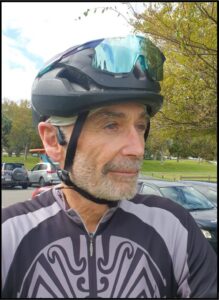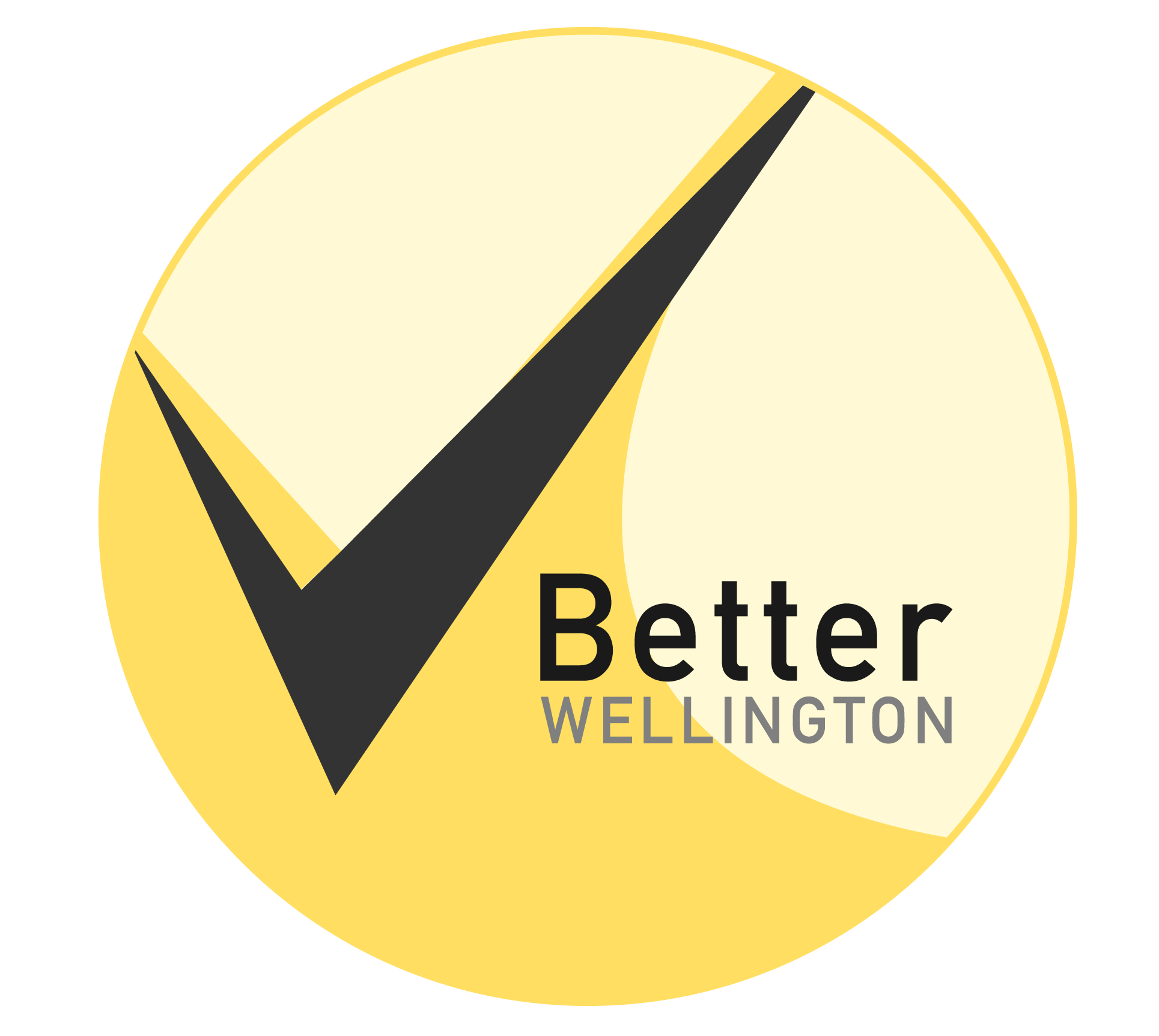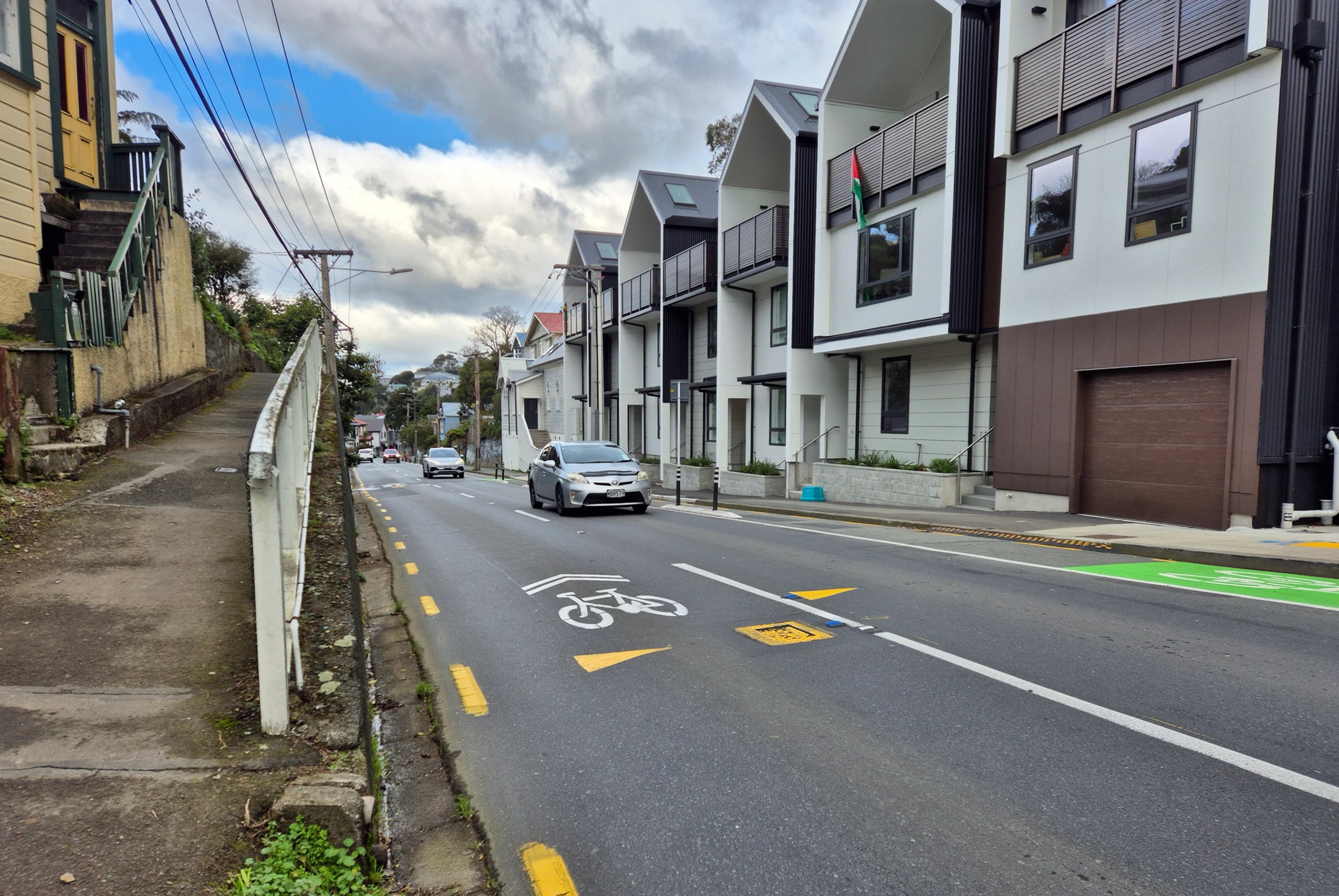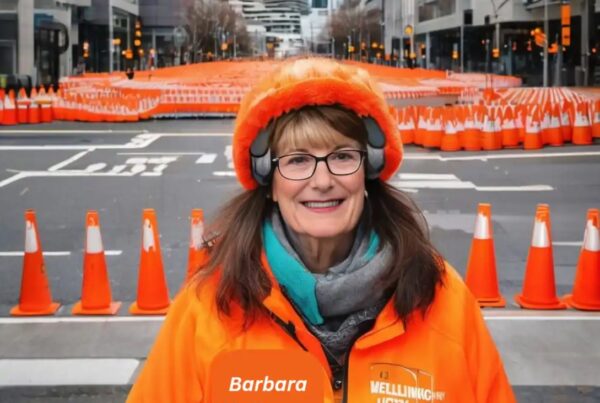Having ridden Wellington’s streets almost daily for 50 years, I feel qualified to share my thoughts on the state of our city’s infrastructure.
It’s clear, electric bikes or not, Wellington will never be the Amsterdam of the South. Our fierce winds, persistent rain, narrow streets, and rugged terrain ensure that this dream will never become a reality.
Instead, we must focus on what makes sense for our unique city and its residents. This means reconsidering many of the cycleways in Wellington.
For Wellington to thrive, ample on-street parking is essential. Despite the influx of more public service employees and contractors in recent years, central Wellington is struggling. Many long-term Wellington residents, like myself, feel the inner city is in a state of decay and is losing its once vibrant soul. Putting in one cycleway after another isn’t helping the situation. To the contrary, they’re making things worse.
The cycleways, while noble in their intentions, have inadvertently removed thousands of carparks, posing a serious threat to small and medium-sized businesses, while degrading house prices on affected streets. These businesses depend on customers being able to find convenient parking. Without it, they suffer, and the vibrancy of our city diminishes, as it is. Large enterprises such as supermarkets remain largely unaffected by the impact of cycleways on small to medium businesses. They typically have their own dedicated parking, insulating them from the struggles faced by smaller enterprises. However, small businesses don’t have this luxury, and the loss of convenient parking can be devastating, and it’s proving to be so. Just take a walk and see all of the vacant shops, and how drab things are looking.
Moreover, the removal of on-street residential parking creates extreme inconvenience for householders, particularly the elderly and mothers with children and groceries. Delivery trucks and couriers also face increased challenges. While I love the new cycleway in the upper portion of Aro Valley, it must be terrible for residents, so for that reason, I oppose it.
Cycling is a hazardous activity, especially in Wellington. Those on our City and Regional Councils who romanticise cycling in Wellington and who think that placing cycling above motor vehicles, and at the expense of smooth traffic flow are deluded. They’re in dreamland. While they claim to “consult” I feel the process is a “Clayton’s” consultation with the decisions already predetermined, pending a few cosmetic tweaks. Have I been properly consulted? How about you, if you’re a resident? Were you consulted, then ignored? The best conclusion is that there’s an agenda that’s divorced from the reality of what makes a city like Wellington function and thrive.
“Cycleways should be separate from main arterial streets and not impede traffic flow or lead to the loss of parking spaces. Merely removing traffic lanes and carparks to make way for rarely-used cycleways is nonsensical.”
Here’s the thing: If a person can’t safely do tight figure-eight turns on a bike in a grassy field or apply emergency braking, they shouldn’t be riding a bike in Wellington, let alone with their children. I cycle for one to three hours just about every day, and I’m always practicing my skills. This even includes practicing my forward and side rolls, so when I inevitably fall off my bike I’m less likely to do a catastrophic face-plant, or break a wrist or collarbone. When the occasional person flies past me on their cumbersome e-bike with its cheap and nasty brake set I, wonder how good their skills are for emergency braking, for avoiding a drain or pothole, or for safely descending a steep hill in the wet and when the wind is gusting dangerously. I’ve already been the victim of an e-bike that couldn’t manage or brake in time to avoid a head-on collision, and was extremely lucky not to be seriously injured.
Wellington isn’t the place for anyone other than skilled cyclists to venture, except in the Central City where vehicle speeds are typically less than 30 km/hr. Cycling is a high-risk activity anywhere other than in an environment like Amsterdam. Wellington isn’t Amsterdam.
Dedicated cycleways that don’t detract from traffic flow are great. For example, the cycleway to Ngauranga Gorge and the cycleway from Oriental Bay to Evans Bay are excellent, although their cost-benefits are still questionable. These routes offer safe paths for cyclists without significantly impacting traffic or residents. In contrast, the cycle way in Aro Valley, the one in Island Bay, and the one from Te Aro to Brooklyn are problematic.
Cycleways should be separate from main arterial streets and not impede traffic flow or lead to the loss of parking spaces. Merely removing traffic lanes and carparks to make way for rarely-used cycleways is nonsensical. We need to carry out a proper and independent cost-benefit analysis of cycleways, not just plucking figures from the air.
I’d much rather have children and grandparents being transported in a fuel-efficient vehicle, encased in a protective cocoon, with seatbelts and airbags, and warm and dry. When the wind is blowing wildly, when it’s wet and freezing, as it often is in Wellington, few other than the hardiest and most skilful cyclists are on their bikes. The cycleways, which are sparsely used in the best of weather, are deserted most of the time, while the roads that run parallel are congested.
For motor vehicles to operate efficiently, they must be operated smoothly. Installing speed bumps on inner-city arterial streets, traffic congestion, and forever driving back and forth seeking a carpark end up contributing to fuel wastage, increased mechanical wear-and-tear, while fuelling anger and frustration. As soon as the weather turns foul, cycling ends and the congestion increases.
Wellington’s unique topography and weather conditions necessitate a tailored approach to urban planning. Instead of forcing cycleways into a city ill-suited for them, we should focus on enhancing our existing infrastructure. Improving traffic flow, better public transport, increasing the availability of parking, while creating better-considered cycling and pedestrian-friendly zones are just a few ways we can support the needs of our residents and businesses.
It’s not that cycling should be discouraged, but rather that our city needs a balanced approach. We should provide safe cycling routes where feasible, but not at the expense of the city’s overall functionality and accessibility. By doing so, we can ensure that Wellington is restored to being a vibrant, thriving city that caters to the needs of all its inhabitants.

Gary Moller lives in Brooklyn and is a natural health practitioner, focusing on addressing the root causes of ill health or poor sports performance through healthy, natural, and sustainable therapies. Gary has achieved multiple victories in the Mountain Bike (MTB) Masters World Championships, MTB Marathon World Championship titles, Cyclocross Masters 70+ World Championships, and has a decade-long winning streak in the New Zealand Masters 60+ Cyclocross Championships.
[Abridged. Full article can be found on Gary Moller’s Blog.]



Council’s own survey mirrors findings of Better Wellington’s political poll